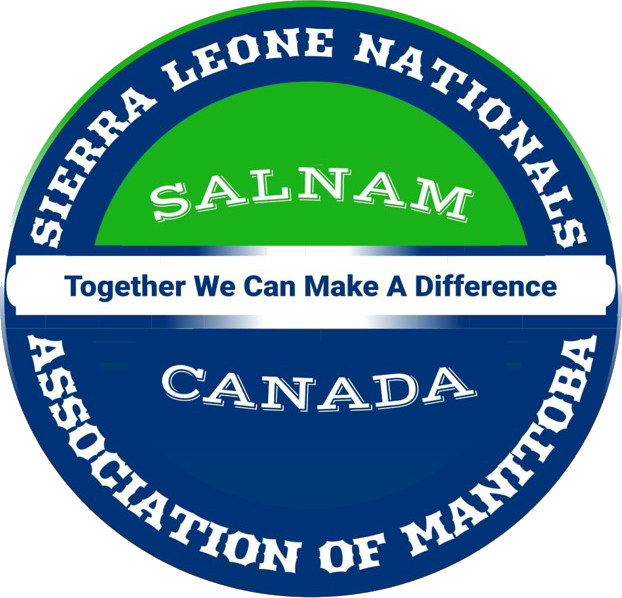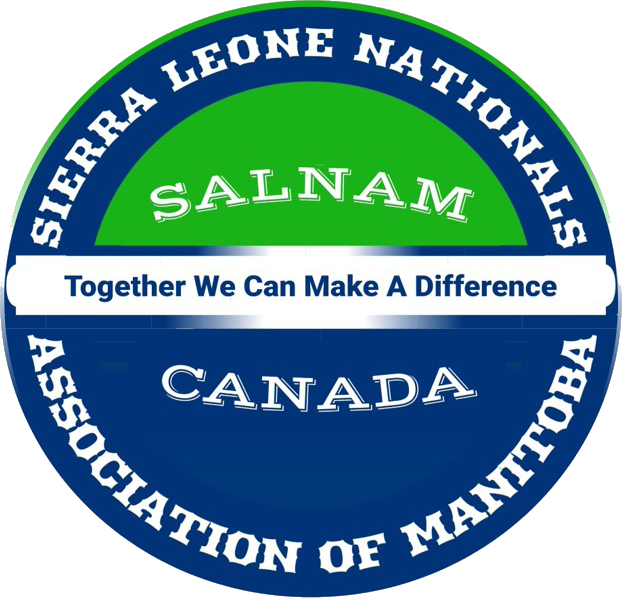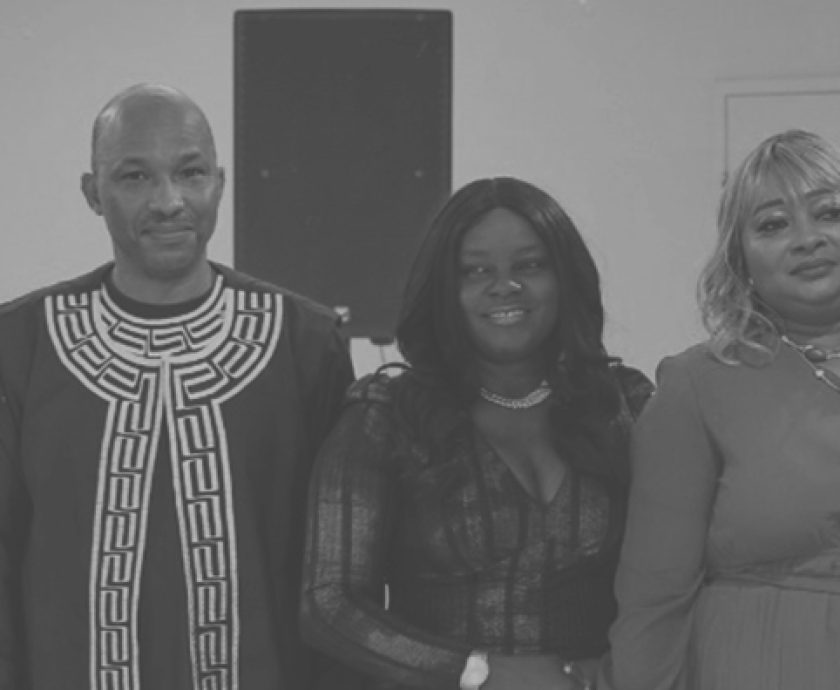Community Validation Workshop for the Five-Year Strategic Plan
1200 Portage Ave
December 07, 2024
1. INTRODUCTION AND PURPOSE
The Sierra Leone Nationals Association of Manitoba (SALNAM) recently hosted a follow-up workshop as part of its strategic planning process. This session built on the initial community consultation held in November 2024, which focused on developing a five-year strategic plan.
The workshop’s primary goal was to present a draft version of the strategic plan, created with the expertise of Mr. John Gaye, a strategic consultant from Alberta. The draft plan was shaped by a SWOT analysis conducted with community members, which included an environmental scan to assess the Association’s strengths, weaknesses, opportunities, and threats.
This collaborative process laid the foundation for defining SALNAM’s goals, objectives, and actionable strategies. These elements will guide the Association’s programming, activities, and projects over the next five years (2025–2030).
The session opened with prayers, followed by introductions from each representative in attendance. President Moe Koroma then provided an overview of the workshop’s purpose: to collect feedback on the draft strategic plan and ensure it reflects the needs and expectations of the membership for the next five years.
Mr. Amadu Sidi Bah, the project lead, presented the draft strategic plan, outlining the mission, vision, and the Association’s identified strengths, opportunities, weaknesses, and threats. He highlighted how insights from the community survey informed the plan’s goals, objectives, strategies, and success factors.
The lead consultant facilitated a detailed discussion on the main goal focus areas, linking them to strategies and actions necessary to achieve the goals and measure success. Members engaged in lively debates, providing input on these focus areas and identifying critical elements to include in the final strategic plan.
The discussions also delved into the specific activities and sub-activities required to achieve the outlined goals, with an emphasis on establishing clear timelines and success indicators.
2. PARTICIPANT-AGREED ISSUES FOR CONSIDERATION
Under the “Actions/Priorities” section, participants discussed the sub-item “Enforce due payments.” While some felt that “enforce” implied a punitive approach that might deter members from paying their dues, others found the term too vague. After deliberation, participants agreed that since participation in community events is voluntary, “enforce” should be replaced with “encourage” to foster a more positive approach to dues collection.
The group then explored strategies to incentivize dues payments, including:
• Calling members at regular intervals to remind them to pay their dues.
• Assigning individuals responsibility for contacting a set number of members to follow up on dues payments.
• Engaging household heads, who could encourage their family members and friends to make payments.
• Maintaining the current dues amount of $10 annually, payable through the Association’s existing payment channels.
2.1 Strategic Goal 1: Financial Sustainability
Under the “Actions/Priorities” section, participants evaluated the sub-item “Enforce due payments.” While some viewed the term “enforce” as punitive and unlikely to motivate members to pay their dues, others found it too ambiguous. The group agreed that, given the voluntary nature of participation in community events, “enforce” should be replaced with “encourage” to promote a more supportive and positive approach to dues collection.
The discussion then focused on strategies to encourage timely payment of dues, including:
• Highlighting the benefits of paying dues, such as supporting community programs and initiatives.
• Providing flexible payment options to make it easier for members to contribute.
• Recognizing members who consistently fulfill their dues commitments to inspire others.
2.2 Fundraising Goal
Participants reviewed the fundraising strategies outlined in the draft plan and shared additional insights. Key initiatives included:
• Organizing Africana Night: This cultural event would celebrate the community’s rich heritage and traditions, encouraging broad participation and fostering a sense of pride.
• Establishing a Fundraising Committee: A dedicated committee would oversee event planning, including distributing tickets to members for sale and engaging non-community members to widen the fundraising network.
• Revitalizing Existing Committees: Instead of forming new groups, participants suggested reviewing and strengthening current committees by attracting more committed and enthusiastic members.
• Organizing Sporting Events: Activities like inter-school or inter-neighborhood competitions were proposed to strengthen youth engagement and build connections within the community.
• Maintaining Cost-Sensitive Events: To ensure accessibility, participants emphasized the importance of keeping event costs reasonable to avoid discouraging attendance.
2.3 Empowered and Engaged Community
The discussion focused on enhancing community engagement through participation in Folklorama. Members expressed pride in the young community dancers who perform at social events and proposed the following initiatives:
• Establishing a Folklorama Pavilion: Beginning in 2025, the community could follow the example of the Ghanaian community by creating its own pavilion at Folklorama. This initiative would involve a phased approach, including conducting feasibility studies, learning from the Ghanaian community’s experience, and developing a strategic action plan.
• Forming a Cultural and Entertainment Committee: A dedicated committee, comprising executive members and community representatives, would be established to oversee planning and execution, ensuring the success of this initiative.
2.4 Youth Empowerment
To support and empower the community’s youth, participants proposed the following initiatives:
• Organizing Youth-Focused Social Events: Activities such as renting gyms or basketball courts for friendly competitions would help foster connections among young people.
• Exploring Collaborative Programs: Adopting models like those in the Elmwood community and pursuing potential collaborations or partnerships to expand opportunities for youth.
• Encouraging Participation in the African Cup of Nations: Prioritizing youth involvement in this event to promote community pride and engagement.
• Enhancing Job Opportunities: Increasing access to employment opportunities and creating jobs specifically targeted at young people.
• Focusing on Summer Programming: Developing these initiatives during the summer months, which were identified as the most suitable period for youth engagement.
2.5 Collaboration and Networking with Other Communities
Key points raised included:
• Attending independence events of other African nationalities in Manitoba.
• Sharing information about these events through various communication channels, such as social media.
• Establishing an electronic monthly bulletin.
• Organizing a cultural night to showcase the community’s diverse values and practices.
• Expanding the volunteer base to support Association activities.
2.6 Visits to Community Members
Participants emphasized the importance of visiting community members to promote unity and belonging. Suggestions included:
• Complementing visits with phone calls.
• Focusing visits on seniors, vulnerable individuals, and the sick.
• Organizing visits to involve other community members.
• Targeting non-active members to understand their lack of participation and seek their commitment.
2.7 Seniors’ Empowerment
With the growing senior population, representatives discussed effective programs, including:
• Organizing online meetings on topics like accessing benefits and online fraud awareness, extending these initiatives to newcomers and the broader community.
• Actively involving seniors in all social events.
NEXT STEPS
The SALNAM team outlined the next steps toward finalizing the strategic plan:
• Incorporating community feedback into the draft plan.
• Collaborating with the consultant to finalize the strategic document.
• Printing and launching the final plan during the end-of-year celebrations.
3. WORKSHOP CLOSING
The workshop concluded with a vote of thanks delivered by the president and vice president. Food and refreshments were served, and the workshop ended at 3:00 PM.
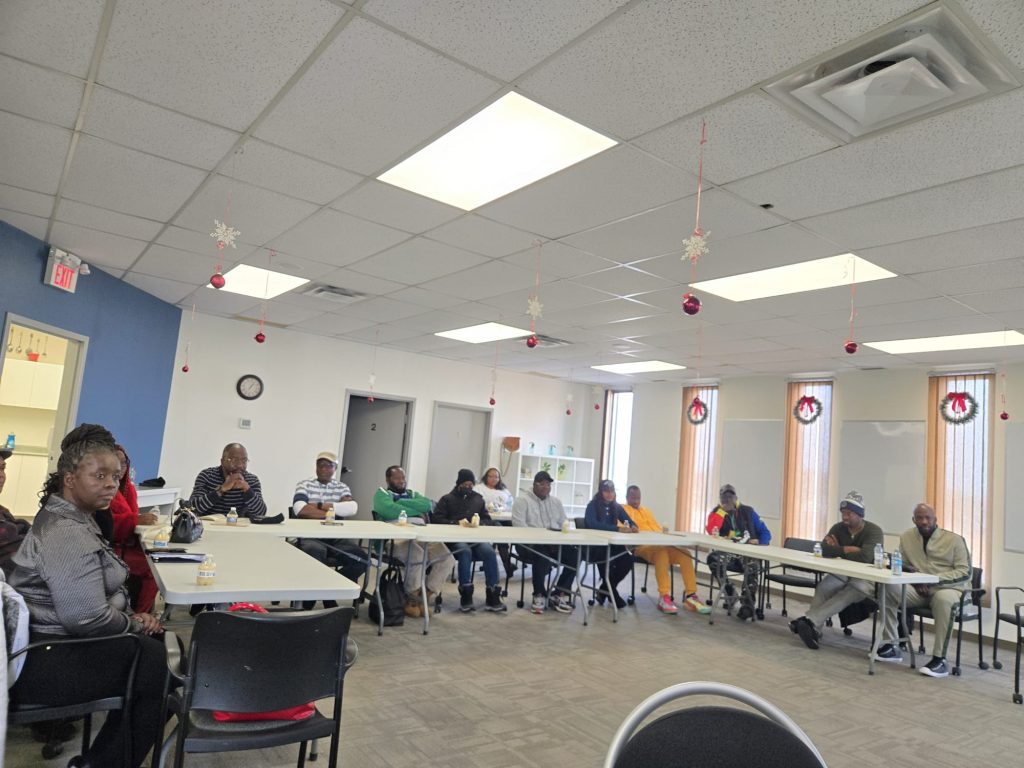
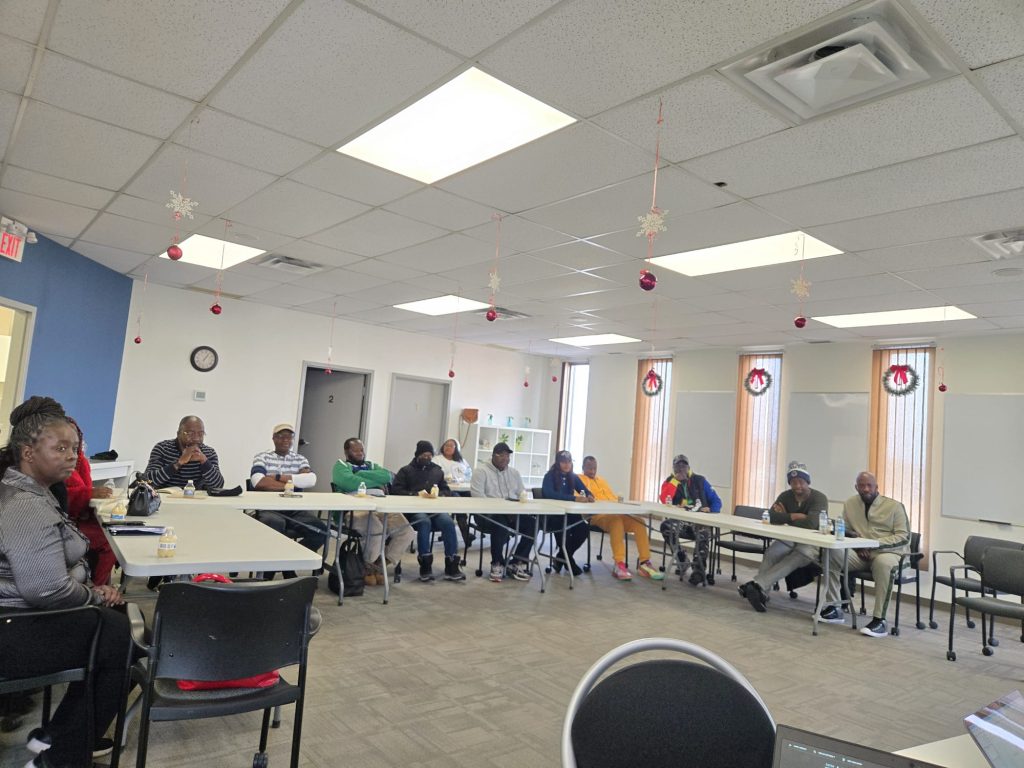
Download Report: https://drive.google.com/file/d/1wvxgewAqzhFIAs0N9A_7_1BS7tMyTXLH/view?usp=drive_link
